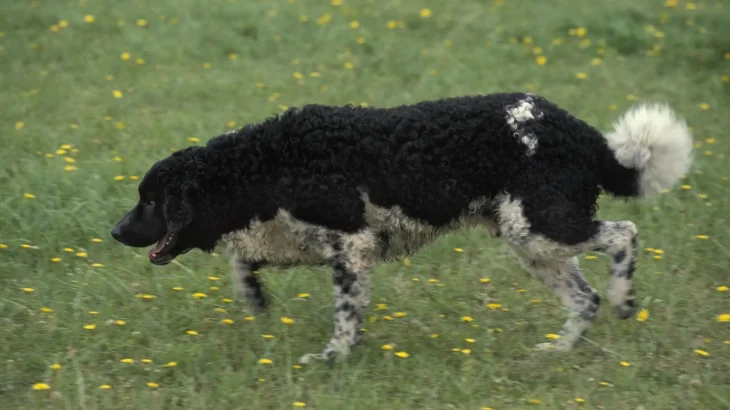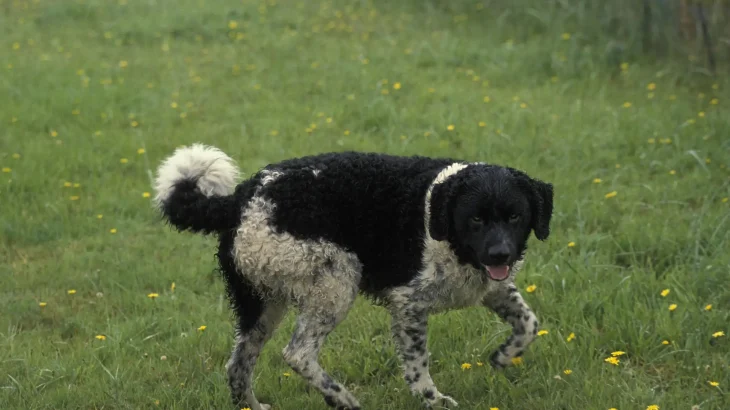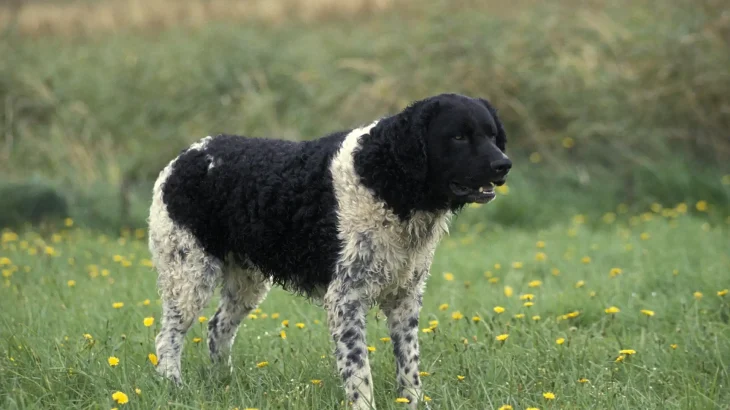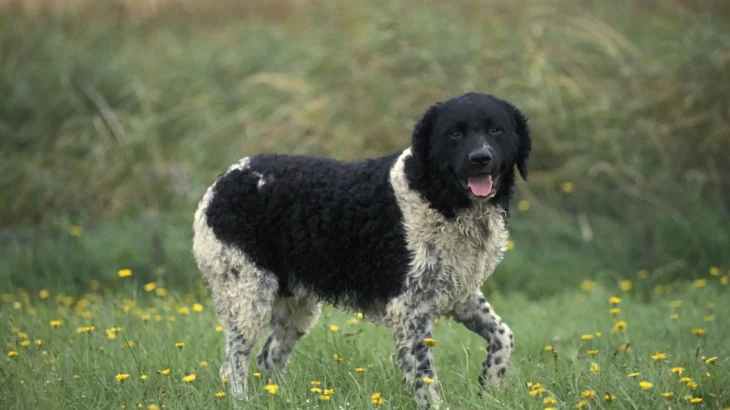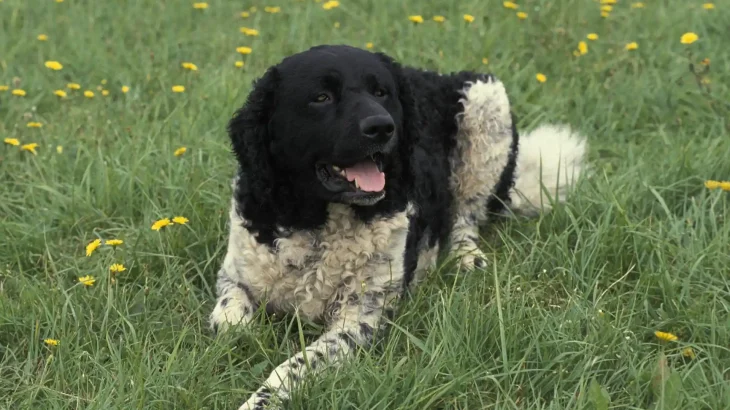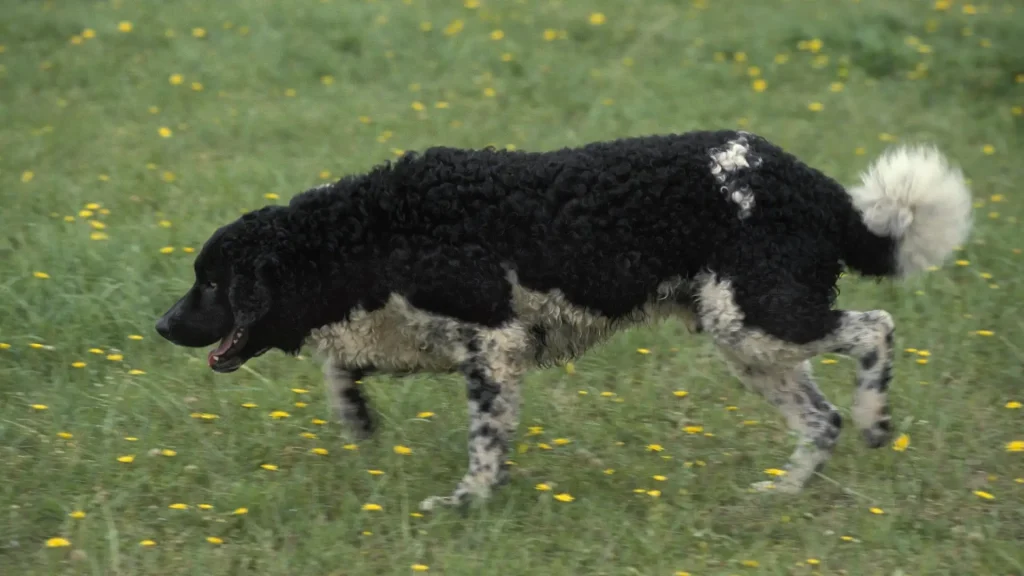Deciding whether to bring a Wetterhoun puppy into your home through adoption or purchase involves weighing important factors such as health assurance and ethical considerations. Purchasing from a breeder usually offers a clearer understanding of the puppy's lineage and medical history, while adopting supports giving a deserving dog a second chance. Both routes have unique benefits that can align differently with your priorities and commitment.
| Criteria | Buying from Breeder | Adopting from Shelter/Rescue |
|---|---|---|
| Cost | Typically higher, reflecting breed purity and care costs. | Generally lower, with fees often covering basic medical care. |
| Health History | Comprehensive health and genetic background information usually available. | Limited or unknown detailed history; basic health checks generally performed. |
| Age Availability | Mostly puppies, allowing early socialization and training. | Varies widely, from puppies to adult dogs. |
| Temperament Insight | Breeders can share temperament traits based on lineage and early observations. | Shelter staff may offer behavior insights though full background may be unknown. |
| Ethical Considerations | Supports selective breeding when done responsibly; risk if breeder is unethical. | Provides a home to a dog in need; supports animal welfare efforts. |
| Breed Purity & Pedigree | Clear documentation and lineage to maintain breed standards. | Breed may be mixed or uncertain; pedigree often unavailable. |

